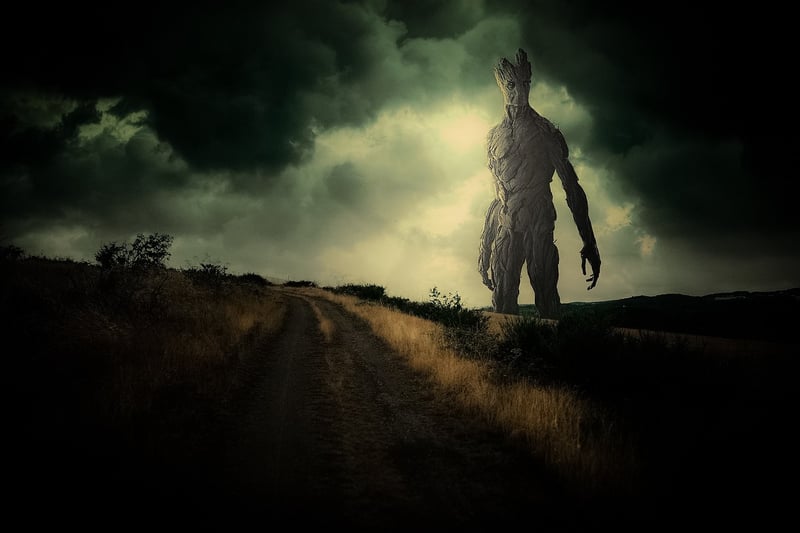Future Dystopian World
Exploring Different Time Periods and a Future Dystopian World
A Glimpse into the Past
Traveling through time can be an exhilarating experience, allowing us to witness various historical eras that have shaped our world today. From the ancient civilizations of Egypt and Mesopotamia to the Renaissance period in Europe, each era has its unique characteristics and contributions to human history.
Ancient Egypt
Step back in time to the land of pharaohs, pyramids, and hieroglyphs. Ancient Egypt, with its rich culture, advanced architecture, and mystical beliefs, continues to intrigue historians and archaeologists alike.

The Renaissance
The Renaissance period in Europe marked a rebirth of art, culture, and intellectual pursuits. From the exquisite works of Leonardo da Vinci to the groundbreaking scientific discoveries of Galileo, this era paved the way for modernity.

Fast Forward to the Future
Now, let's fast forward to a speculative future where society has veered off course, leading to a dystopian world characterized by oppression, environmental decay, and technological control.
The Dystopian Society
In this future world, governments may exercise totalitarian control over their citizens, surveillance technology could be omnipresent, and the divide between the rich and poor might be insurmountable.

The Fight for Freedom
Despite the bleakness of this dystopian reality, there is often a glimmer of hope in the form of resistance movements, individuals fighting for freedom, and the resilience of the human spirit.
Traveling through time, whether to the past or a speculative future, allows us to reflect on the intricacies of human history and the potential paths that lie ahead. While the past informs our present and the future remains uncertain, the journey itself is a testament to the resilience and creativity of humanity.
Embrace the diversity of time periods and the complexities of imagined futures, for within them lie the stories of who we are, who we were, and who we may become.
